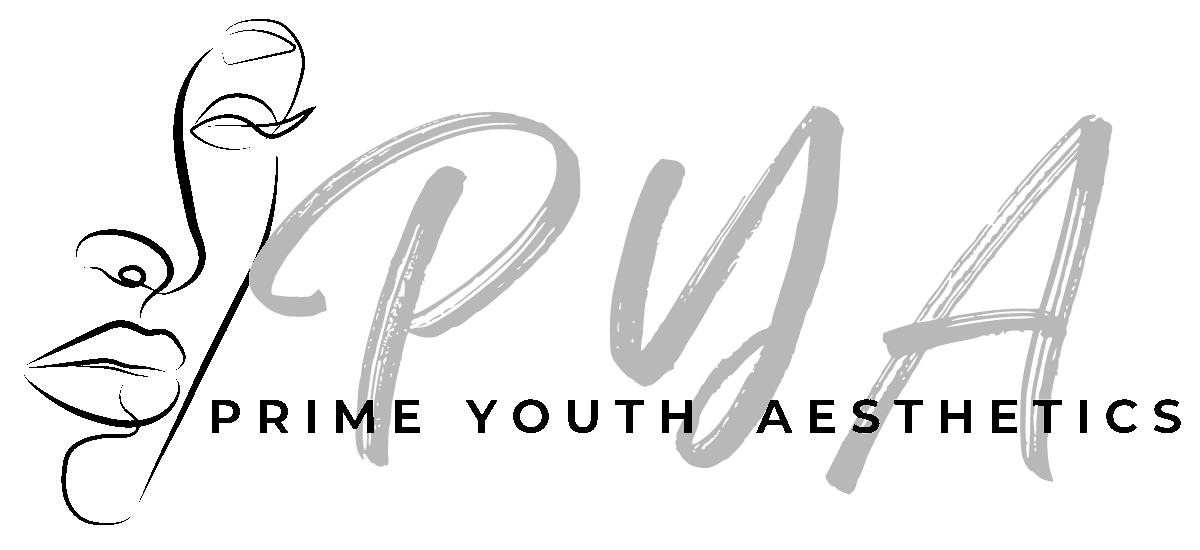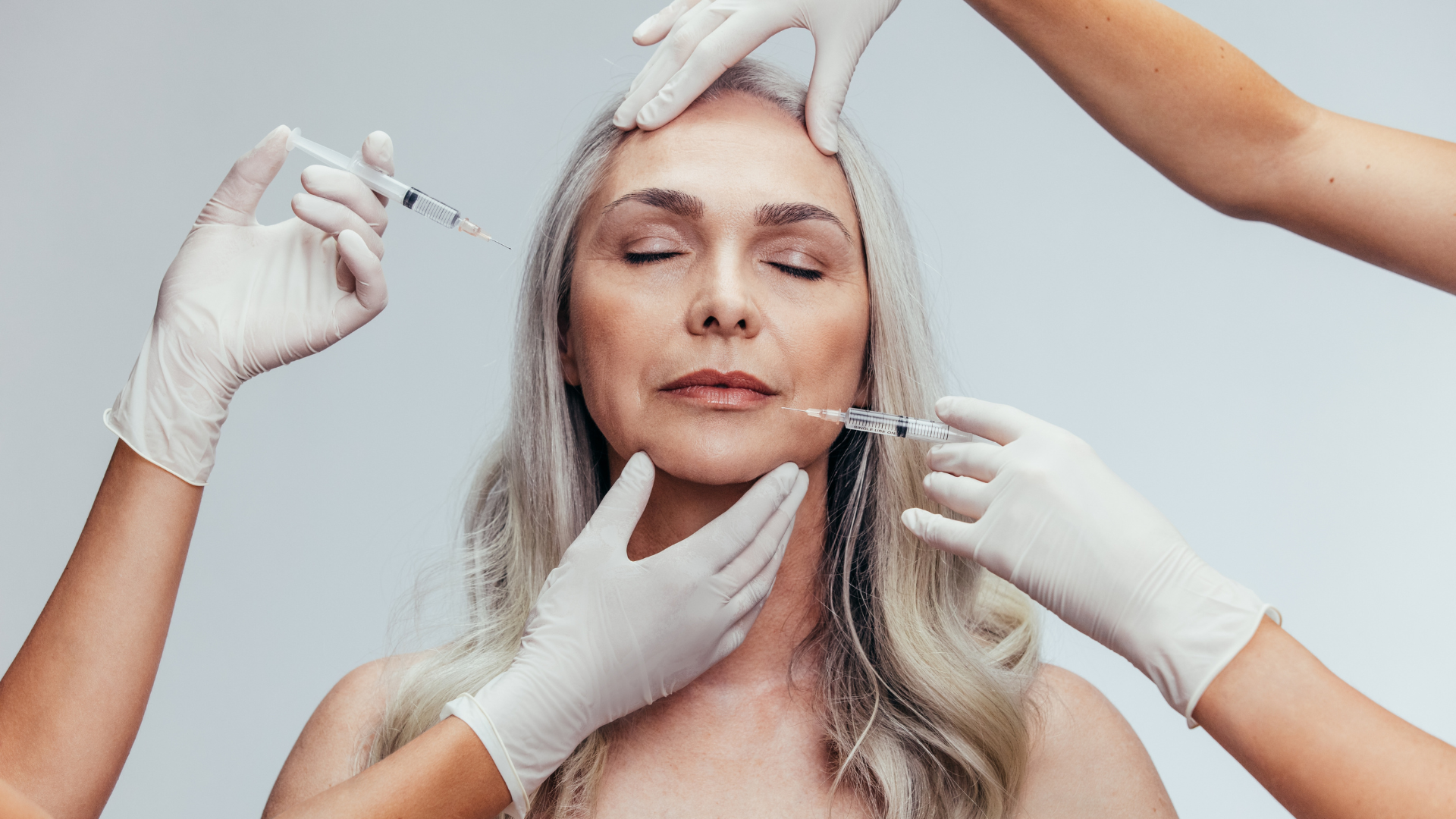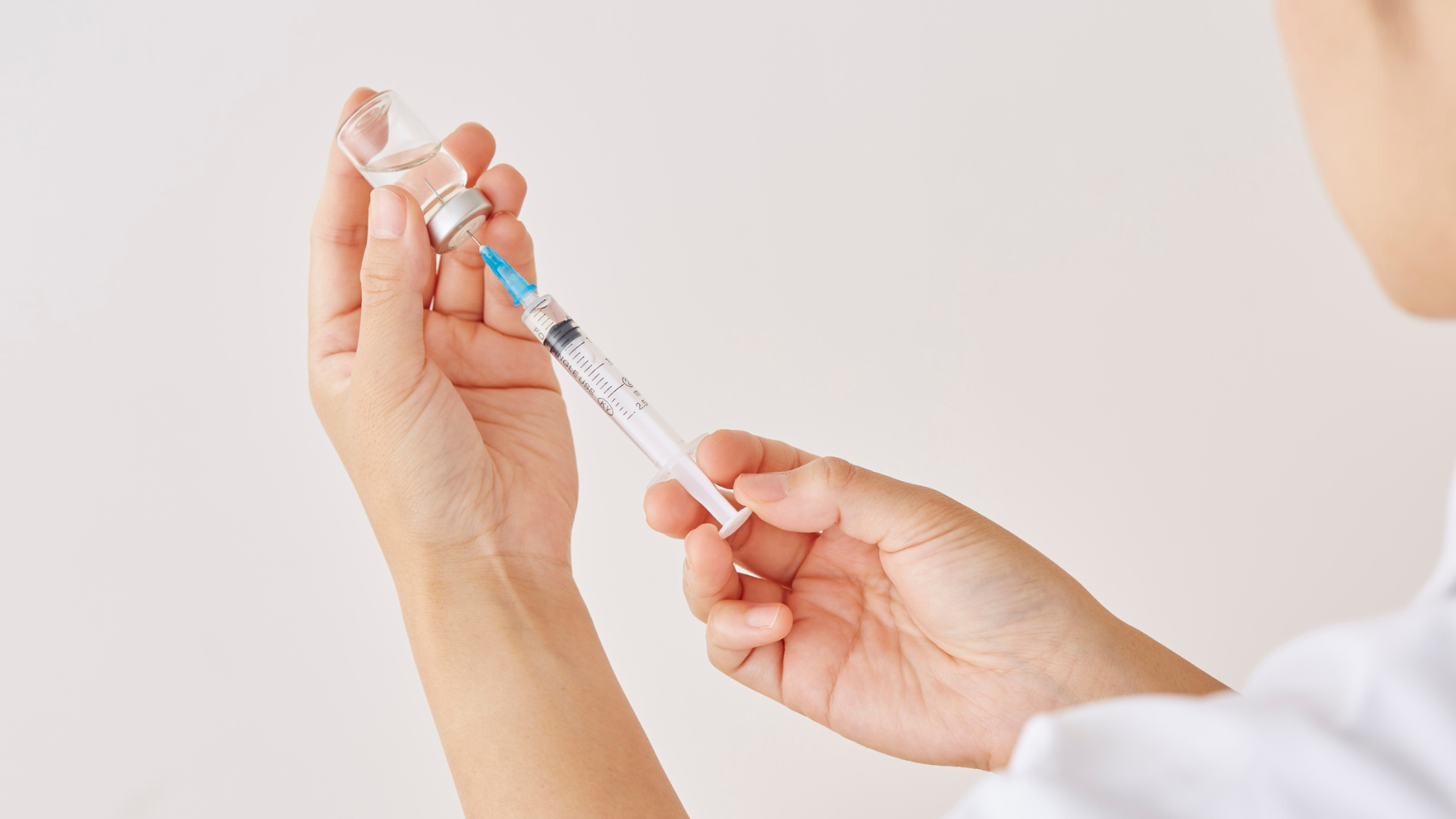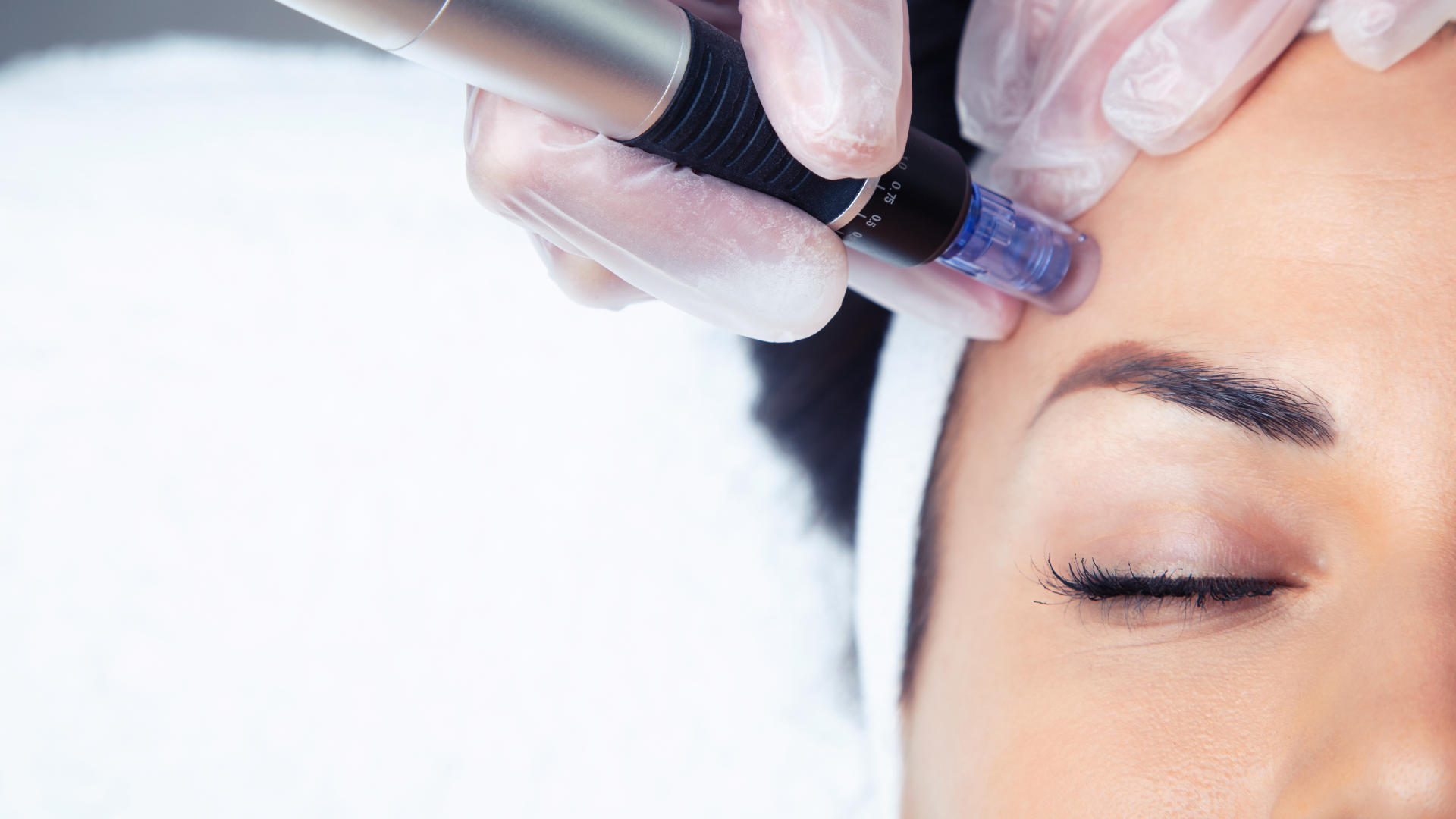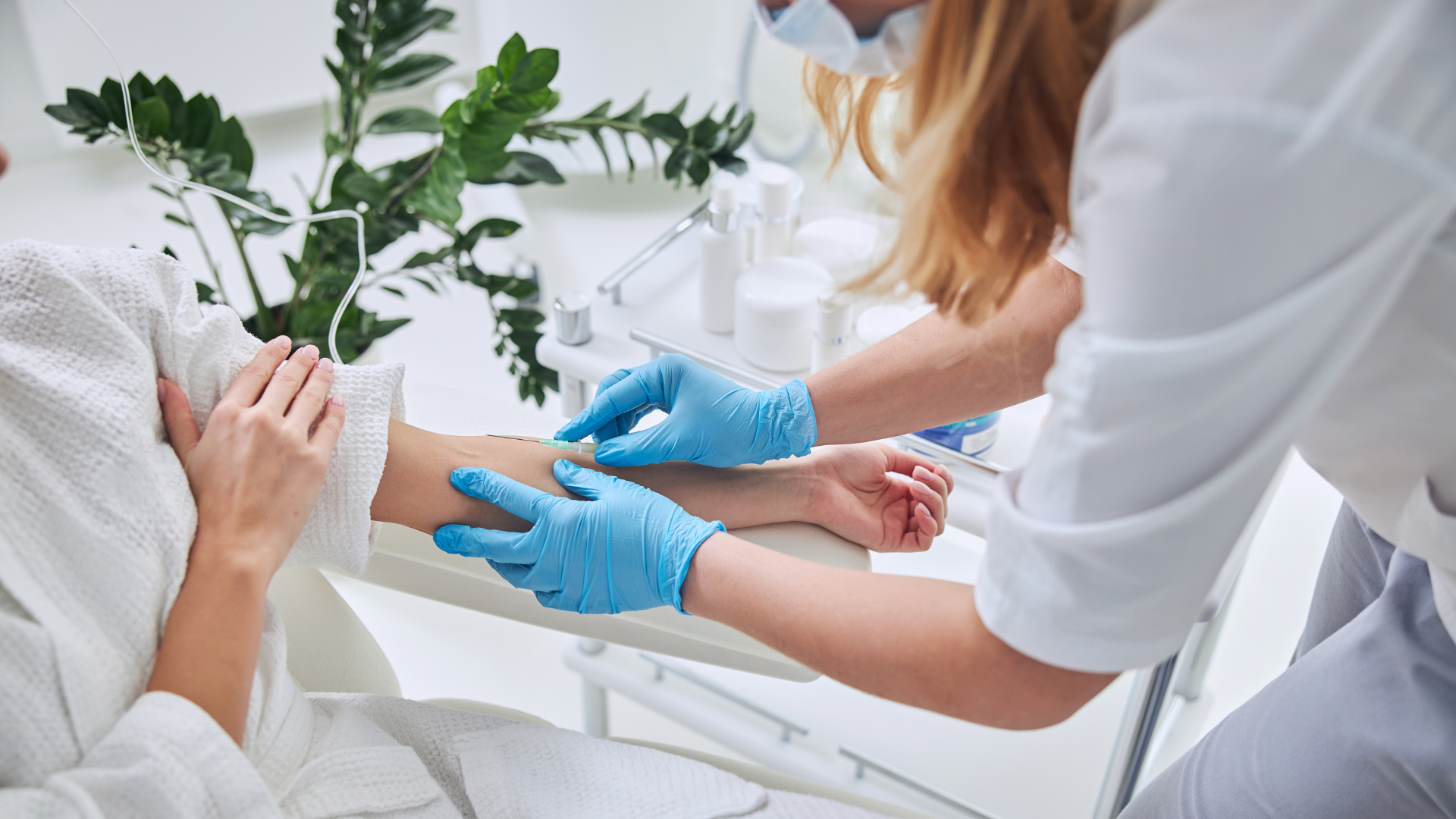Vascular Occlusions in Dermal Filler Injections
Understanding Vascular Occlusions in Dermal Filler Injections
Vascular occlusion is one of the most serious complications that can occur during
dermal filler injections. It happens when blood flow is blocked in a vessel, which can lead to tissue damage if not addressed promptly. Understanding the two main mechanisms that can cause vascular occlusions is crucial for safe aesthetic treatments.
Intravascular Injection
An intravascular injection occurs when the needle or cannula penetrates a blood vessel, such as an artery or vein, and filler is injected directly into the vessel’s lumen. This can cause the filler to block blood flow downstream, potentially leading to tissue ischemia.
- Bleeding may occur, particularly in veins or capillary-rich areas, but arterial vessels often retract or spasm, which can make visible bleeding minimal or delayed.
- Small vessels may seal or spasm quickly, so bruising or visible signs of injection may not appear immediately.
This type of occlusion is considered high-risk due to the potential for significant tissue compromise if not recognized early.
Extravascular Compression
Extravascular compression occurs when filler is deposited next to or over a vessel, compressing it from the outside. This mechanism is similar to a kink in a garden hose, which restricts or completely stops blood flow.
- Since the vessel is not punctured, visible bleeding may not occur.
- Surrounding tissue may only show signs of pallor (whitening of the skin) if blood flow is compromised.
- This type of occlusion is most common with high-volume superficial injections or with fillers that draw water to expand, creating external pressure on arteries or veins.
Key Warning Signs
- Pallor of the skin in areas that were previously pink or normal-colored
- Delayed bruising or tissue changes
- Discomfort or pain in the injected area
Recognizing these signs early is essential to prevent serious complications.
Conclusion:
Both intravascular injections and extravascular compression can lead to vascular occlusion during dermal filler treatments. Understanding the mechanisms and warning signs is essential for clinicians and patients to ensure safety and effective results.
